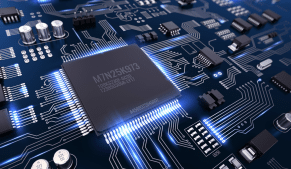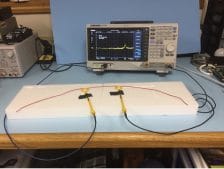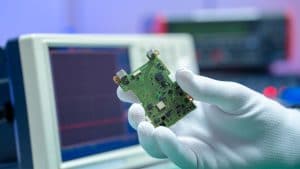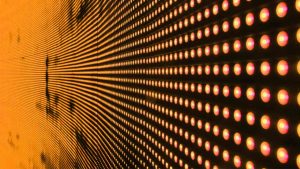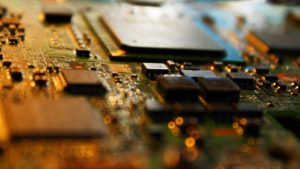Self-generated EMI from DC-DC converters, as well as digital and video processing, has long plagued designers of wireless and IoT devices, especially since physical sizes have trended smaller. The broadband harmonic content often extends up through 1.5 GHz, which includes most wireless protocols, cellular LTE and GPS/GNSS bands. One new mitigation technique I’ve been trying … [Read more...]
Measuring Shielding Effectiveness with Two Near Field Probes
Introduction Sometimes you may find yourself needing to make a quick check on the shielding effectiveness (SE) of a material, such as plated plastic or shield gasket material. It’s possible to set up a quick measurement setup using near field probes by using a couple H-field (for magnetic field SE) or E-field (for E-field SE). You’ll also need a spectrum analyzer with … [Read more...]
Troubleshooting Radiated Emissions at the EMC Test Lab
Note: This is an excerpt from the book, EMI Troubleshooting Cookbook for Product Designers, by Patrick André and Kenneth Wyatt. See Reference 1. Introduction Radiated emissions are by far your highest risk when performing compliance testing at the test facility. With all the high-speed digital circuitry inside electronic products today, it becomes all too easy for harmonics … [Read more...]
Basic EMC Concepts
Introduction Understanding EMC is all about two important concepts: (1) all currents flow in loops and (2) high frequency signals are propagated as electromagnetic waves in transmission lines. Currents Flow in Loops These two concepts are closely related and coupled to one another. The problem we circuit designers miss is defining the return path back to the source. If you … [Read more...]
Review: EMI Devices Harmonic Comb Generator
Harmonic comb generators are handy tools for validating open area test sites or semi-anechoic chambers and I've written extensively on how to use these for various other applications (see References). Harmonic comb generators produce a range of narrow band harmonics that are typically very stable in amplitude and frequency. One of the major uses is to position one in place … [Read more...]
PC Board Design for Wireless Products
INTRODUCTION TO SELF-GENERATED EMI It seems many manufacturers these days are developing products that incorporate wireless technologies—both in new and existing products. Many of these products are using LTE cellular connectivity and designers are finding that the on-board DC-DC converters and processor/memory bus noise are creating enough broadband electromagnetic … [Read more...]
The Top Five Reasons Products Fail EMI Testing
Introduction The three top product failures I see constantly in my consulting practice are (1) radiated emissions, (2) radiated susceptibility, and (3) electrostatic discharge. After reviewing and testing hundreds of products over the years, I’ve come to the conclusion that products fail these tests for five common reasons (somewhat in order of incidence); PC Board … [Read more...]
Ten Tips to Minimize EMI from On-Board DC-DC Converters
It is fairly common to find multiple onboard DC-DC converters on today's portable, mobile, and IoT devices. If the device uses wireless, GPS, or cellular technologies, the EMI from these converters (which generally use switching frequencies between 1 and 3 MHz) often interferes with the receiver performance of the wireless modules. The problem really crops up for low-band … [Read more...]
The Top-Ten Articles and Blogs as of December 2018
Most magazines like to review the top ten most viewed articles this time of year and Interference Technology is no different. We think our readers and authors are awesome and enjoy highlighting some of the most popular articles to date. So, here we go: What is differential and common mode current, by Ron Brewer. Unwanted conductive and radiative emissions can be … [Read more...]
Identifying and Locating Radio Frequency Interference (RFI)
Introduction With the plethora of wireless devices, increasing broadcast, communications, and other RF sources all competing for radio spectrum, the chances of radio frequency interference (RFI) will only increase. This article explains how to identify, characterize, and locate typical interfering sources. CATEGORIES OF INTERFERENCE There are two broad … [Read more...]
- 1
- 2
- 3
- 4
- Next Page »



